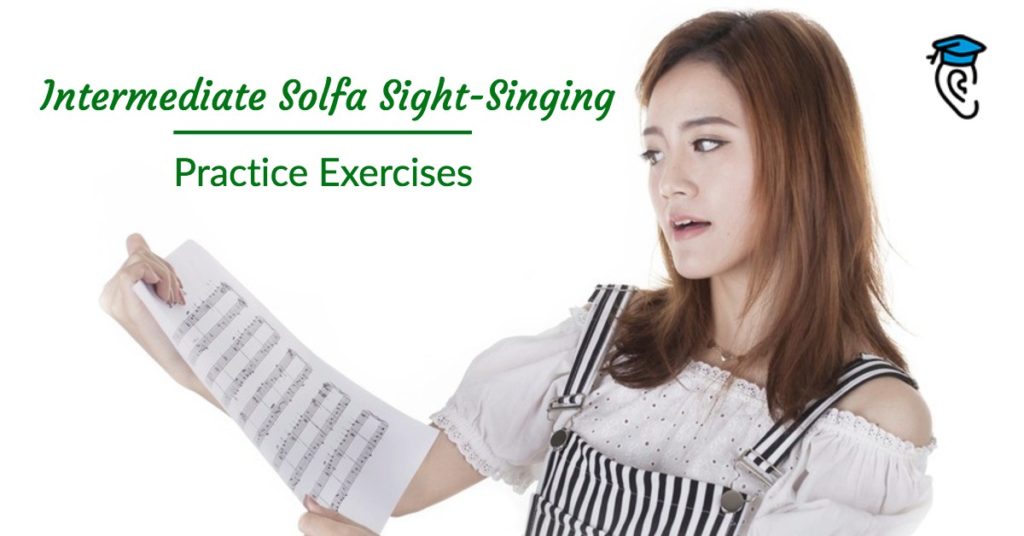Do you wish you could look at sheet music and immediately know how the notes would sound? Solfa can let you easily imagine the notes playing in your mind, making it easy to sight-sing from written music notation.
In a previous article, Beginner Solfa Sight-Singing Practice Exercises we introduced the process of using solfa to sight-sing from traditional score notation and provided a set of beginner-level exercises to get you started.
Being able to sight-read music makes you much more capable as a singer. You can confidently pick up new sheet music and perform it directly. When browsing new music to choose your next song, you can easily imagine in your head how the written notes would sound. You can easily fit in with a choir without worrying over whether you know the music already.
If you are new to solfa, begin by reading our series Starting Solfa and Solfa and the Score which explain the basics of solfa (a.k.a. solfège, solfeggio): what it is, how it works musically, and how you can begin to practice with the solfa syllables for the notes of the major pentatonic scale.
If you know solfa but are new to applying it for sight-singing, be sure to check out the beginner solfa sight-singing exercises and this solfa sight-singing tutorial before you continue.
 Now it’s time to take it to the next level with a set of intermediate-level solfa sight-singing practice exercises.
Now it’s time to take it to the next level with a set of intermediate-level solfa sight-singing practice exercises.
These exercises are taken from the Melody Practice and Score to Sound with Solfa modules of Musical U.
How to sight-sing using solfa
In the exercises below we will be using the notes of the major scale: do, re, mi, fa, so, la, ti, do’.
Our process will be:
- Identify the position of do on the staff
- Work out the solfa syllable for each of the other notes.
- Sing the major scale from the given tonic (do)
- Find your starting note from the scale
- Sing the melody based on the solfa!
Note: Each singer has their own range. If you find yourself struggling for notes which are too high or low in the melodies below, feel free to choose a different starting note. Your goal is to reproduce the correct melody, even if you need to start from a different note than is shown in the score.
If you have difficulty you can click to reveal the answer. Check you got the solfa syllables right. If so, you can listen to the example audio to hear the melody sung and see if you sang it correctly.
The melodies will use only simple steady rhythms so that you can focus on sight-singing the correct note pitches.
Once you have mastered exercises like these you can move on to other scales, including minor, and introducing rhythms in your sight-singing.
Easy Solfa Sight-Singing Exercises
With the first set of exercises we will review your major pentatonic skills. The melodies will use just do, re, mi, so, la, and do’.
Show answer
Show answer
Show answer
Medium Solfa Sight-Singing Exercises
Now our melodies will use the full major scale. They will be two bars long and start and end on the root note.
Show answer
Show answer
Show answer
Hard Solfa Sight-Singing Exercises
For this final set of exercises the melodies will be longer and can start and end on any note.
Show answer
Show answer
Show answer
If you’ve been able to complete the exercises above you can feel confident in your solfa sight-singing! You may need to go slowly at first, but you are now equipped to tackle sight singing most written music. You can continue developing your solfa skills further with the training modules at Musical U.

























